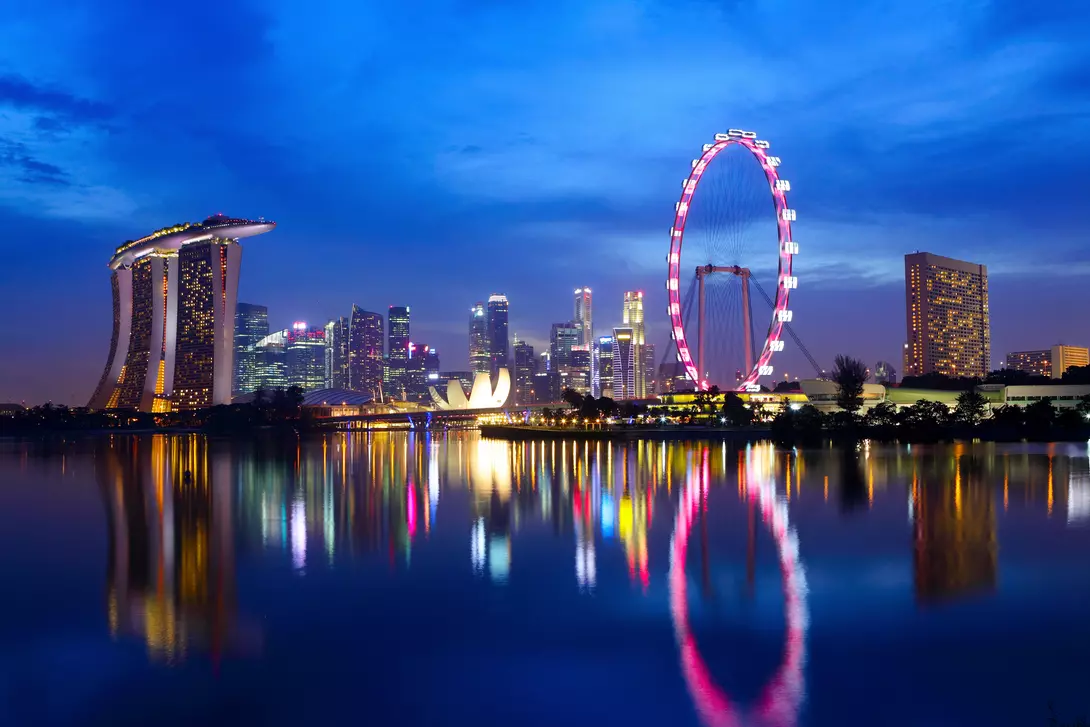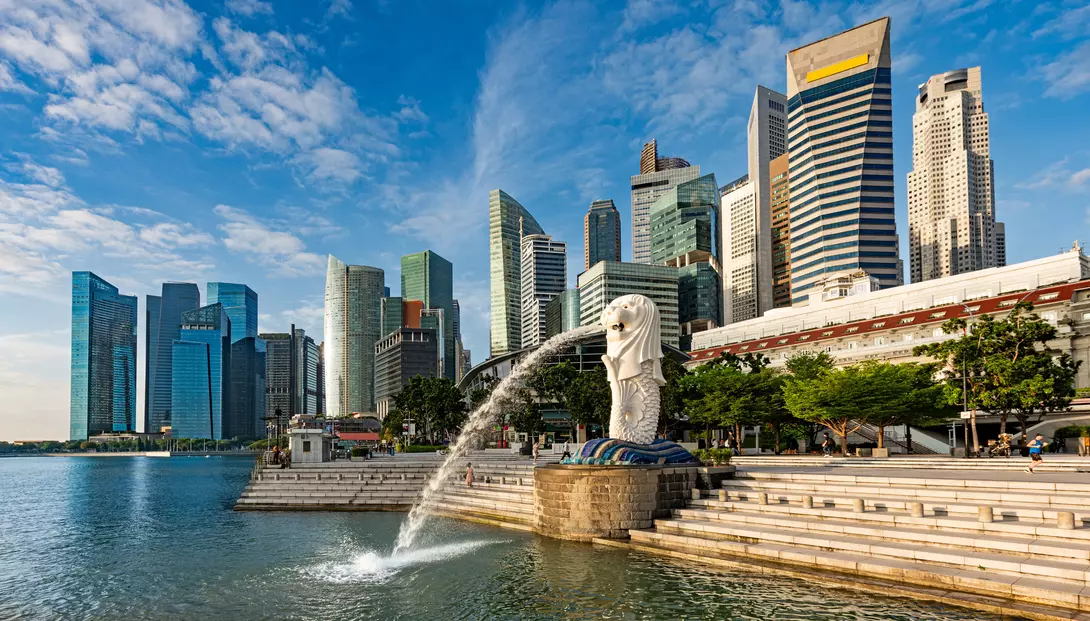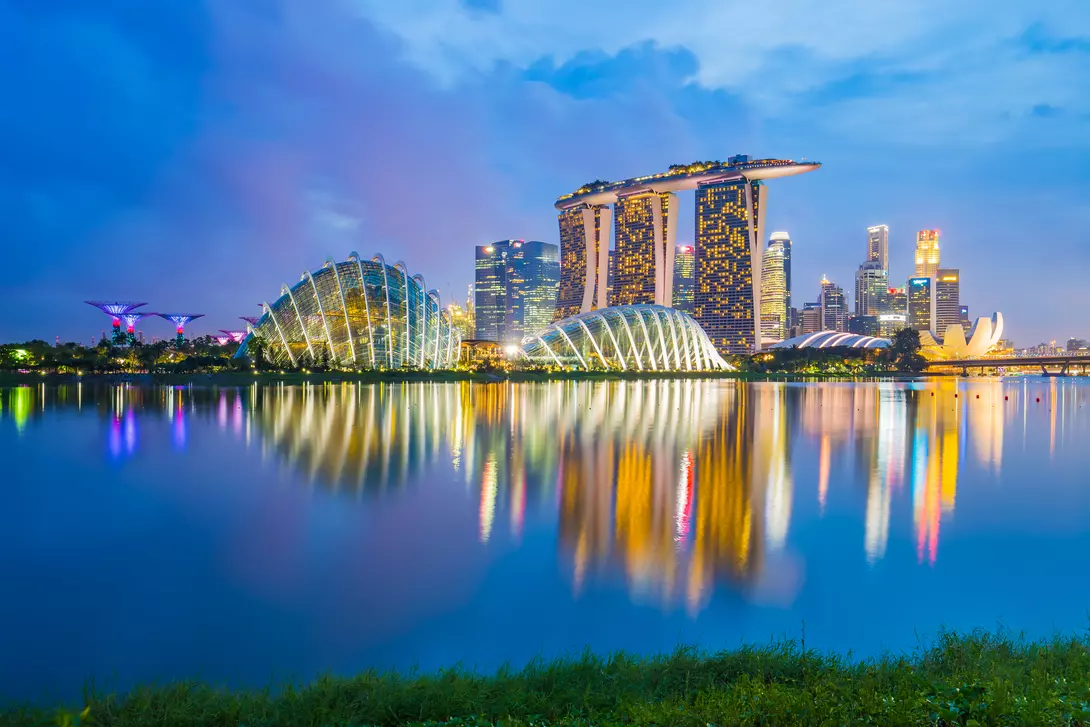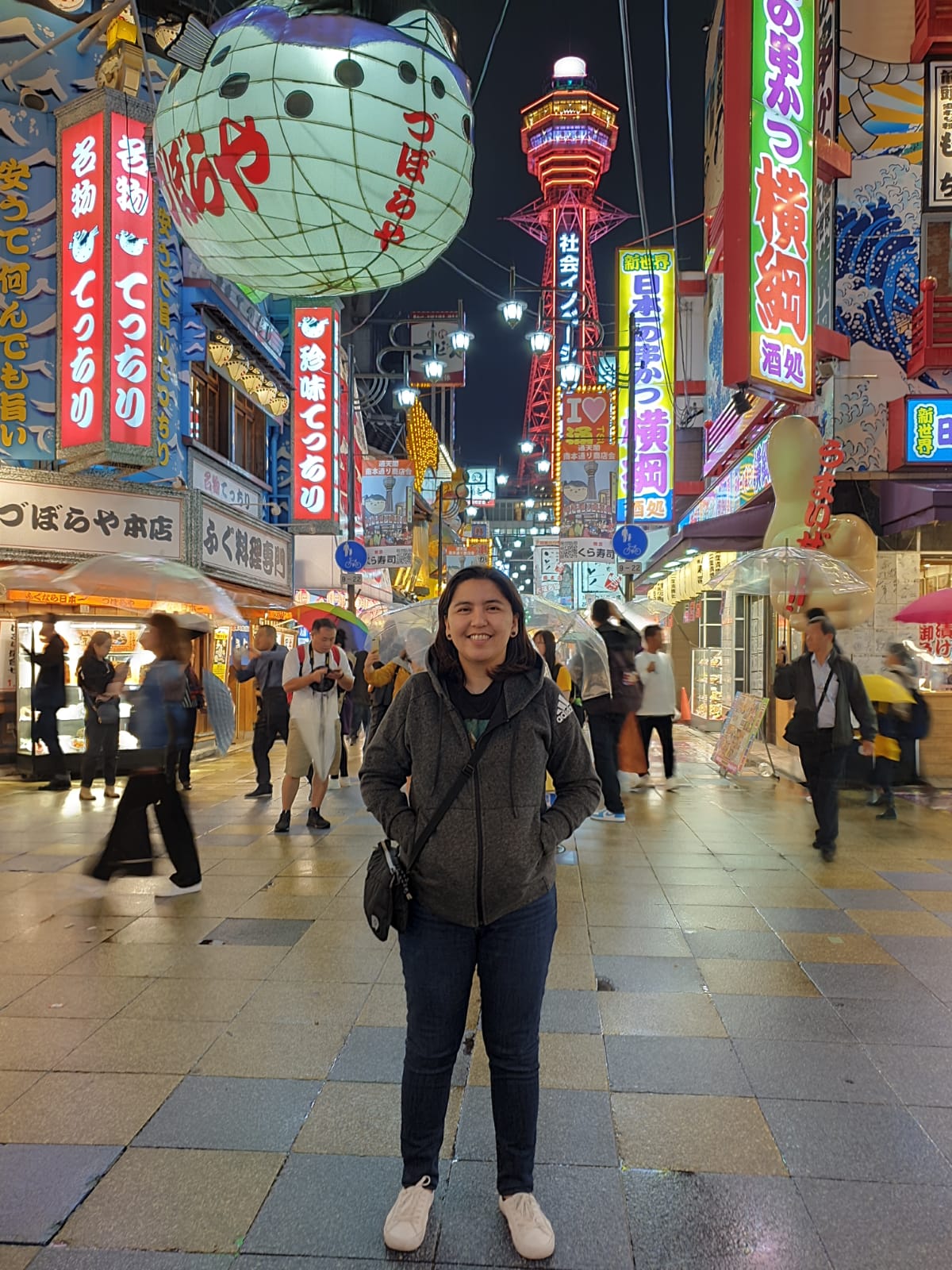Singapore is a year-round destination with only slight changes in weather throughout the year. January and February have a slightly higher chance of rain than the rest of the year. Planning a trip to Singapore is based more on what you wish to experience than on the seasons.
Discover Tailor-Made Singapore Vacations
A city where striking skylines, lush gardens, and heritage blend seamlessly
Many travellers pass through Singapore, one of the world’s great centres of finance and commerce, on either a business trip or a stopover, but the innovative city-state at the southern tip of the Malay Peninsula is well worth devoting a full vacation to. Boasting an eclectic mix of world-class architecture, well-preserved heritage neighbourhoods, lush tropical gardens, and an amazing food scene.
Featured Highlights
- Touring Singapore’s Muslim Quarter, Kampong Glam, by Vespa Sidecar
- Feasting through the city’s hawker stalls on a private food tour
- Cruising the Singapore River by night with the lights of Marina Bay ablaze
- Exploring the iconic Supertrees and Flower Dome of Gardens by the Bay
- Lounging on a white-sand beach on nearby Sentosa Island
Featured Singapore Trip Ideas
Discover the Lion City’s pulse through its flavours, stories, and skylineMany travellers pass through Singapore, one of the world’s great centres of finance and commerce, on either a business trip or a stopover, but the innovative city-state at the southern tip of the Malay Peninsula is well worth devoting a full vacation to. Boasting an eclectic mix of world-class architecture, well-preserved heritage neighbourhoods, lush tropical gardens, and an amazing food scene, Singapore may be much smaller than its Southeast Asian neighbours, but it’s packed with exciting things to see and do.
Read More
Singapore & Sentosa Island Discovery
Singapore and Gardens by the BayClassic Singapore & Bali
Bali, Sanur, Uluwatu Temple, Ubud, Singapore, and Gardens by the BaySingapore Escape
Singapore and Gardens by the BayMalaysian Connector: Singapore to Kuala Lumpur
Kuala Lumpur, Petronas Twin Towers, and MalaccaSingapore & Bali: City Lights & Island Nights
Bali, Kuta, Uluwatu Temple, Singapore, and Gardens by the BayDon't see the
perfect trip idea?
Request a custom quote.
Turn your travel dreams into reality with Goway. Our customized vacations take travellers to all corners of the world.
What do Goway's travellers say?

Get to know Singapore before you go.
Best Time To Visit
Situated slightly more than one degree from the equator, Singapore enjoys a tropical summer feel all year round with almost daily predictions of rain. These showers are generally short-lived, though, and rarely interfere with daily plans.
“In Singapore, locals will say that the rain will just pass through, which is true enough,” says Destination Specialist Marieflor Tanefelix. “Once, I recall, it was bright and sunny through my living room window but raining through my kitchen window.”
As a year-round destination, hotel and other prices are governed more by special events than by seasonal changes. Annual cultural celebrations such as Chinese New Year, Hari Raya, and Holi can drive up travel costs, as might the school holidays in June and July. Special events such as Singapore National Day on August 9 and the Formula One races can also drive demand for rooms.
For more on when to book your Singapore journey, consult our guide on the Best Time to Visit.
What do the experts say?
I'd say that there is no bad time to visit Singapore, you just need to be ready to spend since they are considered at their peak all-year-round. Best times to visit will depend on the purpose of the trip - if you're in for a festive feels, then traveling closer to Lunar New year, Singapore National Day, Christmas and New Year would be great. Though weather may be a challenge in between.
Singapore has become a Foodie Epicenter because of the great cuisine diversity that they have. They have almost everything when it comes to food - from local to Malay to Chinese to Indian. You can even find Michelin restaurants in Hawker centers - if the queue is long, the food is good!
a top event to experience is Lunar New Year where Chinatown would be filled with colorful decorations, lights and markets - if you're lucky, you'd be able to watch lion dances along the streets, malls, small shops and offices.
If you'd like to see how it's like living in a traditional "kampong" (village) away from Singapore, then you can take a bumboat ride to Pulau Ubin. Visitors usually go there for a day trip and cycle around. You'll see wooden houses, wild boars and the biodiverse Chek Jawa wetlands
Pack light, because no matter how hard you try - you won't be able to resist shopping when you're in Singapore
Travel Styles
Explore Singapore by Travel Type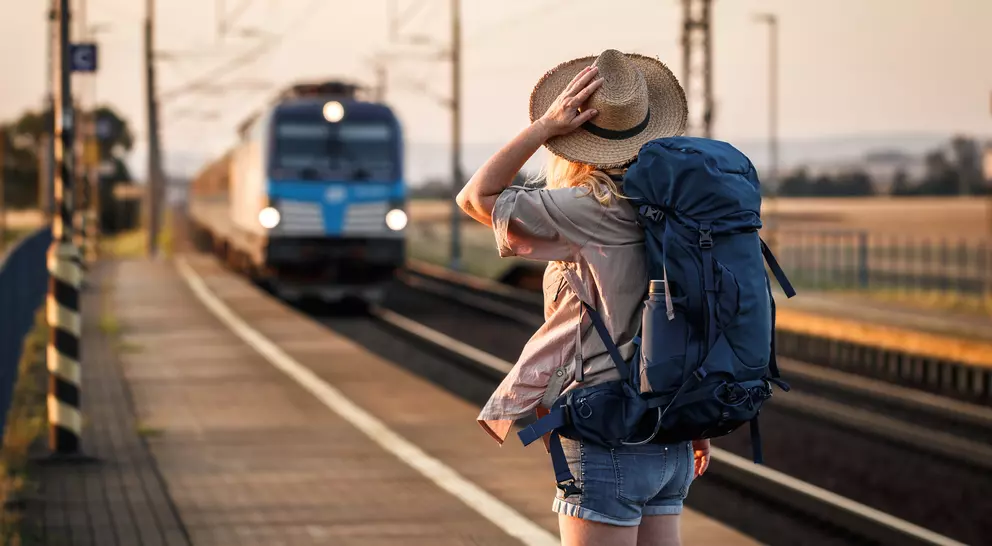
Ways to Travel
Discover your perfect travel style—crafted for every dream and journey.

Ways to Travel
Discover your perfect travel style—crafted for every dream and journey.
Frequently Asked Questions
What is the best time to visit Singapore?
How many days should I spend in Singapore?
A week in Singapore is always a good thing, but—because of its compact size— shorter trips can also be very rewarding. Even layovers can offer visitors a chance to get a taste of the city.
Do I need a visa for Singapore?
US and Canadian passport holders don’t need a visa for short tourist stays (typically up to 90 days for US; Canadians are visa-exempt as well). Your passport should have at least 6 months’ validity on arrival, and you must meet entry requirements set by Singapore’s Immigration & Checkpoints Authority (e.g., onward ticket, sufficient funds). Always re-check these rules and any health requirements closer to departure.
What is Singapore famous for?
Singapore is famous for its supermodern skyline, its lush gardens, its futuristic airport, and such iconic sites as its heritage neighbourhoods, the Gardens by the Bay complex, and its hawker food scene.
Can I combine Singapore with nearby countries?
As a major air and sea hub, Singapore is perfect for combining with other Asian destinations, including Bali, Malaysia, Hong Kong, and Thailand.
Is Singapore expensive to visit?
Singapore has a reputation for being expensive; however, numerous activities, from eating hawker food to touring its iconic architecture, are very budget-friendly and even free.
What is the best way to get around Singapore?
Singapore has an excellent public transit system and, because of its size, is a very walkable city.
What is Sentosa Island known for?
Sentosa Island is best known for its white-sand beaches, its resorts and casino, and Universal Studios Singapore.
Where can I find the best food in Singapore?
Singapore is awash in fabulous food, but some of the most authentic and affordable can be found in the hawker centres of the heritage neighbourhoods.
What currency is used in Singapore?
The local currency is the Singapore dollar (SGD). Credit and debit cards are widely accepted.
Is Singapore safe for tourists?
Singapore is extremely safe for tourists, with low crime rates throughout the island.
What festivals are celebrated in Singapore?
Some of the biggest festivals in Singapore take place during the Chinese New Year and on National Day (August 9).
Unlock more by subscribing to our newsletter
With our newsletter, you’ll get access to regular communications that inspire you and help you explore the world your way
